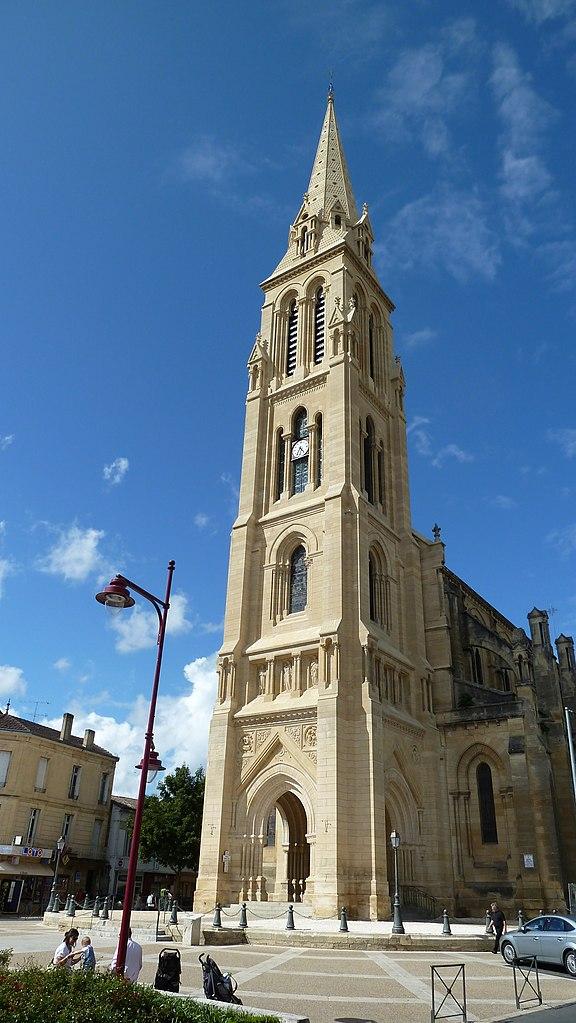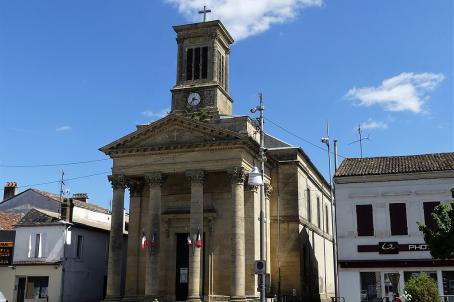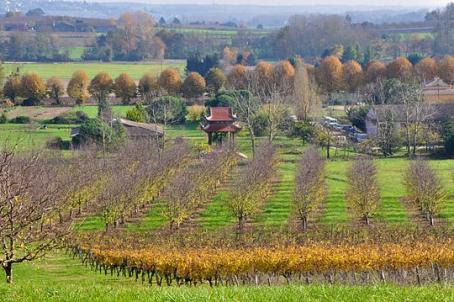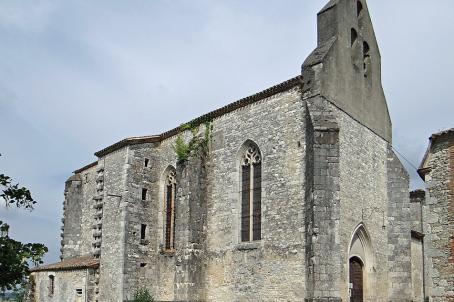Église Notre-Dame
The church of Notre-Dame is a neo-Gothic building built between 1856 and 1865. The architect Paul Abadie was chosen to build the church as a small cathedral. It was built according to the original plans of the famous Viollet-le-Duc (1814-1879), architect of the diocesan buildings at the height of his fame, but whose estimate was too expensive for the municipality.






